 05-08-2023
05-08-2023- Blog
- 0 comments
- 4793 Views
Using wood in conservatories, which are essentially sunrooms or greenhouses attached to homes, poses challenges due to the significant temperature swings and high levels of humidity these structures often experience. Here's what you should know about using wood in such environments.
1. Wood Expansion and Contraction:
Wood is a hygroscopic material, which means it absorbs or releases moisture in response to the surrounding environment. Changes in moisture content cause wood to expand and contract. In a conservatory, where temperature and humidity can fluctuate dramatically, wood can undergo significant dimensional changes.
-
Flooring: Wood flooring can expand, causing buckling, or contract, leading to gaps between planks. Engineered wood, which is designed to minimize expansion and contraction, is a better choice for conservatory flooring than solid hardwood.
-
Furniture and Fixtures: Wooden furniture and fixtures can also expand, contract, warp, or crack. Joints can become loose or stressed over time.
2. Wood Degradation:
-
UV Exposure: Direct sunlight can degrade the lignin in wood, leading to discoloration and weakening of the material. Over time, this can cause the wood to look bleached or grayed.
-
Rot and Mold: The high humidity in conservatories can promote fungal growth, leading to mold and rot in wooden elements, especially if they are not appropriately treated or if the conservatory is not adequately ventilated.
3. Preventative Measures:
-
Choose Stable Wood Species: Some wood species are more stable and less prone to expansion and contraction than others. Teak, cedar, and redwood are known for their stability and resistance to rot.
-
Seal and Finish: Use high-quality UV-resistant finishes to protect the wood from sunlight and moisture. Regularly check and reapply finishes as needed.
-
Ventilation: Ensure the conservatory is well-ventilated to manage humidity levels and prevent condensation, which can harm wood.
-
Temperature Control: Installing blinds, shades, or tinted glass can help regulate temperature swings in the conservatory. Underfloor heating can also help maintain a consistent temperature, especially during colder months.
-
Regular Maintenance: Regularly inspect wooden elements for signs of damage, wear, or fungal growth. Address issues promptly to prevent more extensive problems.
In conclusion, while wood can undoubtedly be used in conservatories, it requires careful selection, treatment, and maintenance to ensure its longevity and beauty in such a challenging environment.

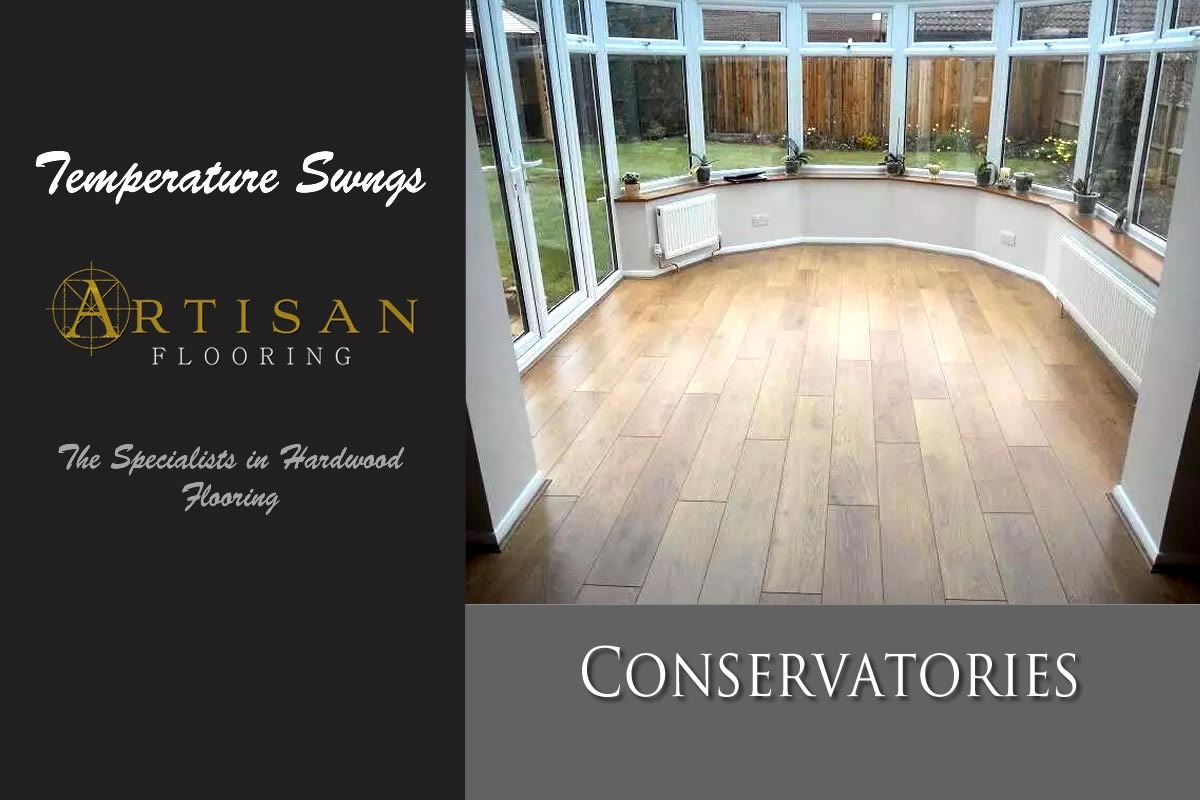



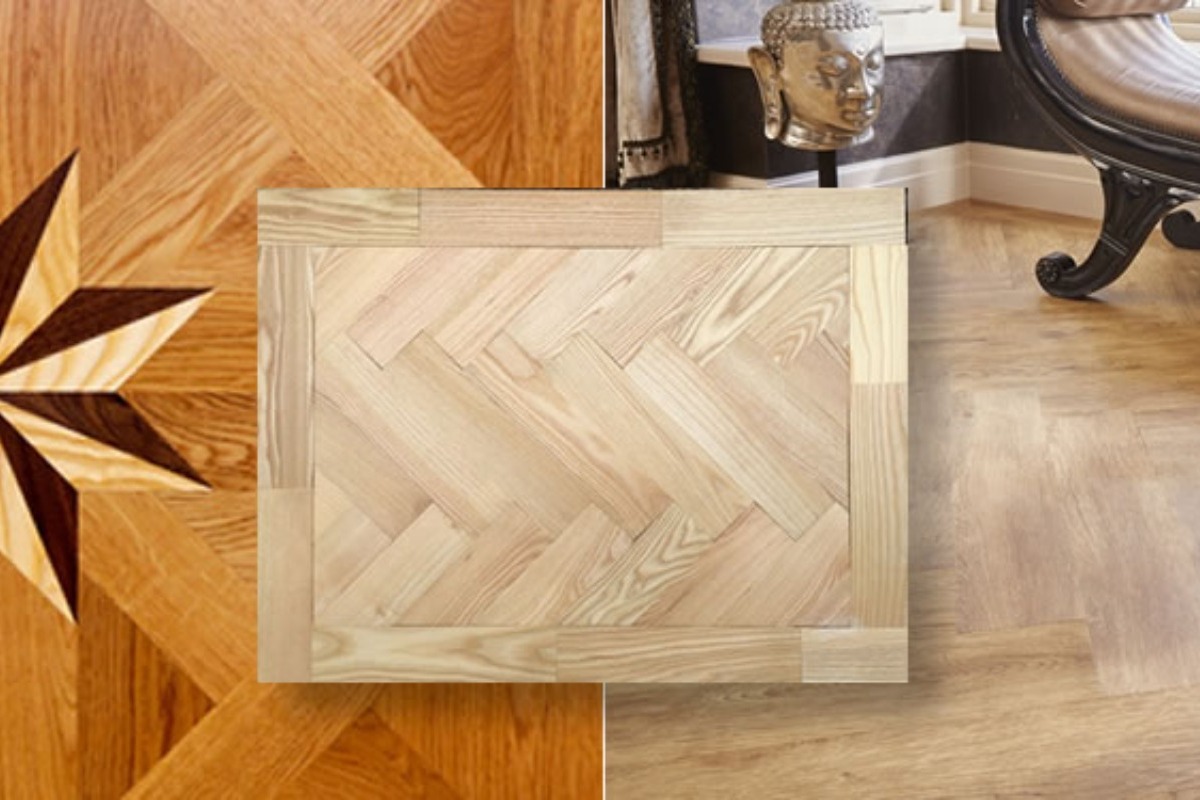



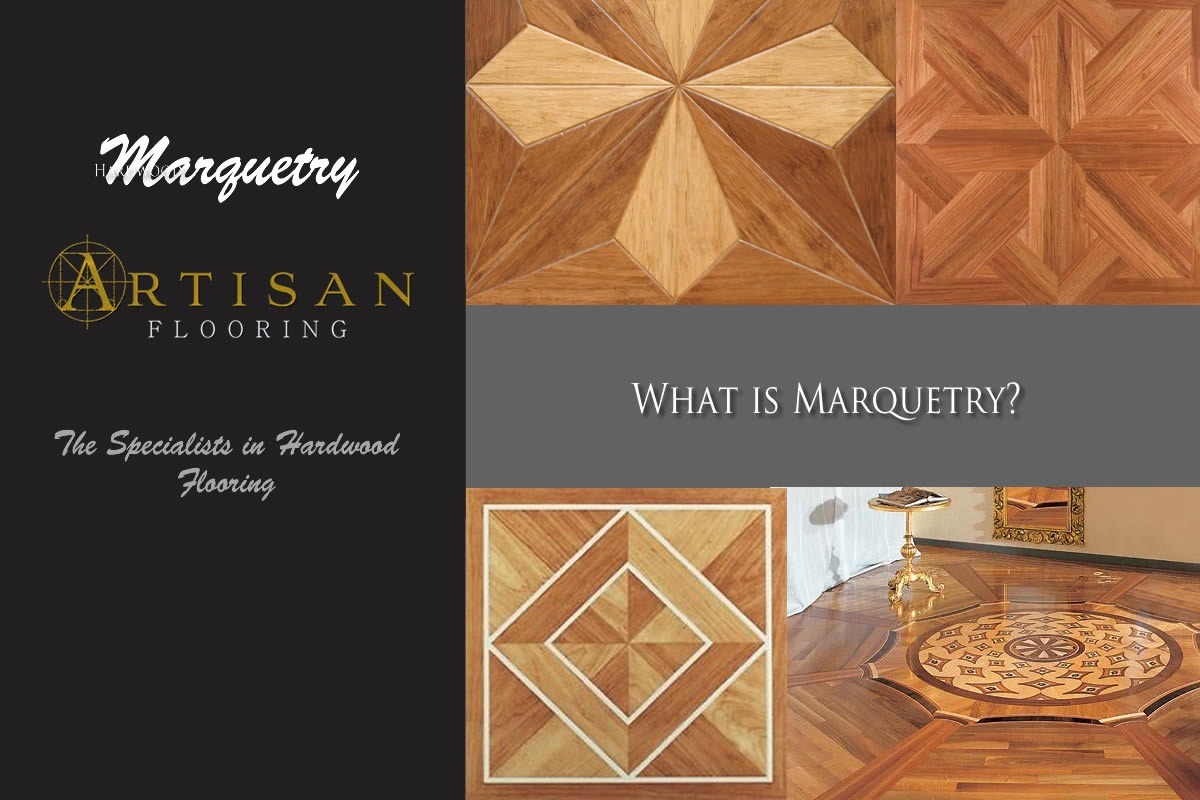
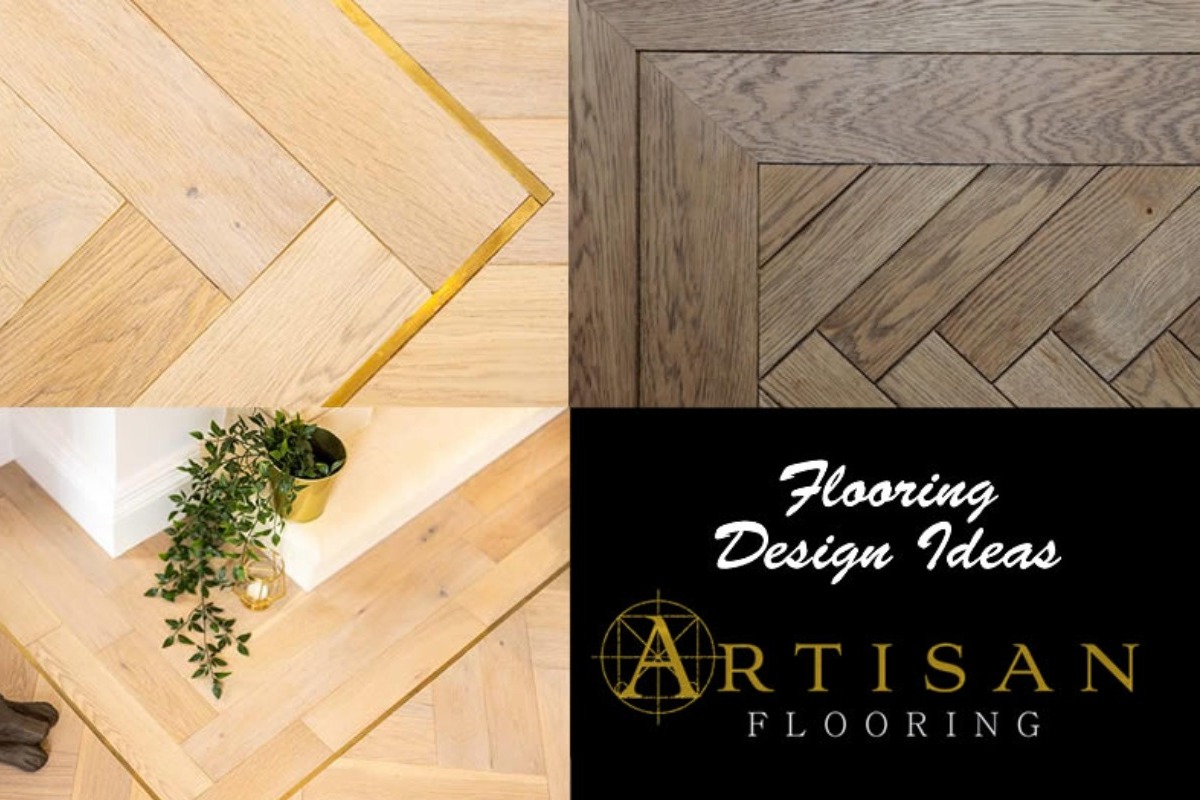


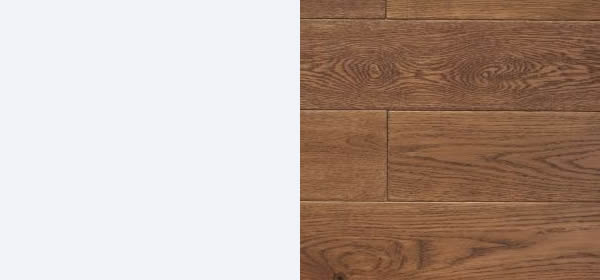
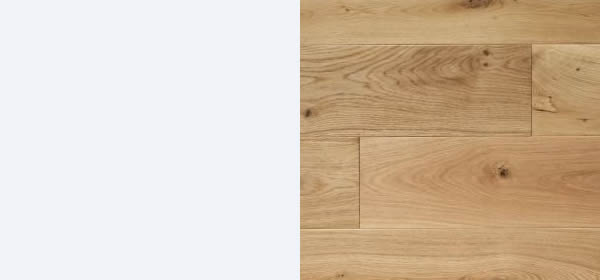

Recent Comments
No Comments have been left yet! Be the first :)